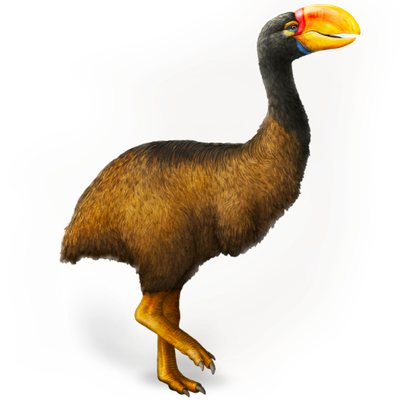Your search returned 2119 results
By Page Type
By Tag
- fish (966)
- blog (696)
- fishes of sydney harbour (401)
- First Nations (299)
- Blog (236)
- AMRI (169)
- archives (164)
- Eureka Prizes (146)
- Aboriginal and Torres Strait Islander (135)
- insect (126)
- Ichthyology (124)
- geoscience (109)
- minerals (102)
- climate change (100)
- podcast (94)
- Fish (91)
- Anthropology (89)
- International collections (80)
- Minerals Gallery (78)
- wildlife of sydney (78)
- Labridae (77)
- frog (74)
- gemstone (70)
- history (64)
- photography (64)
- Mollusca (60)
- gem (59)
- staff (59)
- Birds (56)
- Gems (56)
- Indonesia (56)
- education (56)
- shark (55)
- AMplify (54)
- people (53)
- earth sciences (50)
- past exhibitions (50)
- exhibition (49)
- Gobiidae (48)
- sustainability (46)
- Pomacentridae (45)
- Serranidae (44)
- lifelong learning (42)
- science (42)
- Earth and Environmental Science (41)
- Syngnathidae (41)
- Ancient Egypt (40)
- Bali (40)
- bird (40)
- dangerous australians (40)
-
Zara El Mahir
https://australian.museum/get-involved/staff-profiles/zara-el-mahir/Zara El Mahir is a Project Officer, Cultural Collections Enhancement at the Australian Museum.
-
Fraser Young
https://australian.museum/learn/collections/natural-science/herpetology/fraser-young/Fraser Young is a Honours student at UNSW Sydney and the Australian Museum.
-
Dr David Abrego
https://australian.museum/get-involved/staff-profiles/dr-david-abrego/Dr David Abrego is Co-Director, Lizard Island Research Station at the Australian Museum.
-
Dr Francesco Criscione
https://australian.museum/get-involved/staff-profiles/dr-francesco-criscione/Dr Francesco Criscione is Scientific Officer – Deep Sea Fauna, Malacology at the Australian Museum.
-
Sophie Phillips
https://australian.museum/get-involved/staff-profiles/sophie-phillips/Sophie Phillips is Conservator, Natural Sciences, Collection Care & Conservation at the Australian Museum.
-
Myles Maniapoto
https://australian.museum/get-involved/staff-profiles/myles-maniapoto/Myles Maniapoto is a Pasifika Collections Officer at the Australian Museum.
-
Courtney Birksmith
https://australian.museum/get-involved/staff-profiles/courtney-birksmith/Courtney Birksmith is a Technical Officer – Digitising (Petrology) at the Australian Museum.
-
Joycelyn Goh
https://australian.museum/get-involved/staff-profiles/joycelyn-goh/Joycelyn Goh is a Digitising Technical Officer in Ichthyology and Marine Invertebrates at the Australian Museum.
-
Jasper Hiller
https://australian.museum/get-involved/staff-profiles/jasper-hiller/Jasper’s background is in coastal ecology, and he is currently completing his PhD on human impacts on sandy beach invertebrates. He is passionate about the conservation and restoration of coastal ecosystems.
-
Dr Thais Sasso
https://australian.museum/learn/collections/natural-science/herpetology/herpetology-staff-fellows-and-associates/thais-sasso/Dr Thais Sasso is a Research Assistant at UNSW
-
Discover more
2025 Australian Geographic Nature Photographer of the Year
Special exhibition
Free entry
Now open -
Discover more
Unfinished Business
Special exhibition
Free entry
Now open -
Find out more
Surviving Australia
Permanent exhibition
Free entry
Now open![]()
-
Find out more
Burra
Permanent kids learning space
Free entry
10am - 4.30pm![]()
-
Discover more
Minerals
Permanent exhibition
Free entry
Open daily![]()





